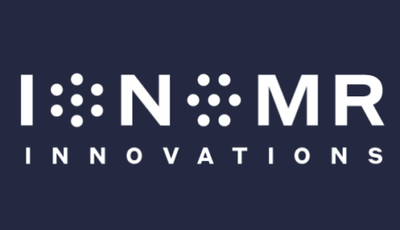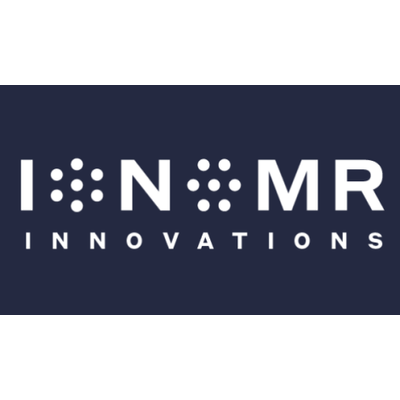

- Home
- Companies
- Ionomr Innovations, Inc.
- Applications
- Ion exchange membrane technology ...

Ion exchange membrane technology solutions for chemicals industry - Chemical & Pharmaceuticals - Fine Chemicals
Over the past 40 years, there have been significant developments in the electrochemical synthesis of chemicals with the development of ion-exchange technology. Examples are onsite acid recovery, electrowinning (or electroextraction) and heavy metal recovery. Ionomr’s robust materials provide the best value proposition for various long-lived industrial processes enabling innovative solutions for electrochemical manufacturing of chemicals, and the remediation of chemical byproducts.
Ionomr materials are stable across a full pH scale, have high oxidative tolerance, high selectivity & longer maintenance cycles leading to longer system lifetimes.
The chemical stability of Aemion™ across the full pH scale (0-14) helps to unlock the recovery and reuse of various strong chemicals, previously constrained by the chemical stability of common AEMs.
Recovery of spent acids from various industrial applications, such as the pickling process in steel production and leaching solutions in mining and recycling, can reduce overall operating costs by decreasing raw material and disposal costs. It will also lead to increased productivity by reducing the downtime associated with dumping and recharging of acid baths. There is a large, pent-up demand for acid recycling with only a fraction of the spent acids today being recycled, and global environmental regulations are becoming ever more stringent.
In diffusion and electro dialysis of spent acids, waste acid and clean water streams are separated by an anion exchange membrane, where anions (SO32–, Cl–, etc.) are transported through the AEM leaving behind the unwanted metal salts. The driving force for diffusion dialysis is the concentration gradient between the two liquid streams, while in electrodialysis, an electric potential is imposed across the streams to further promote separation.
Traditionally, caustic recovery or generation has been more difficult due to insufficient membrane stability limiting the alkalinity of feeds and products. Aemion™ is stable in strong alkaline and enables direct treatment of alkaline waste streams without neutralization to recover valuable products. This increases resource efficiency for industries such as pulp & paper, electronics manufacturing, textiles and carbon-capture.
Ionomr membranes have revolutionary chemical stability and when paired with their high selectivity and proton blocking characteristics, they enable the generation of high strength chemicals from waste industrial brine streams. Ongoing testing demonstrates tolerance to oxidizing impurities such as chlorine and stability under high current, providing strong lifetime indications to further improve process economics.
Salt-Splitting Electrolysis is a cost-effective solution for the rapidly expanding niche markets of acid and caustic recovery and treatment of neutralization waste products.By combining industrial waste treatment with process chemical regeneration, the economics of the water treatment systems are drastically improved.
Typical applications include:
Splitting of sodium sulfate (Na2SO4) produced in the pulp and paper industry or resulting from precipitation of metal-sulfates by sodium hydroxide in the mining, metals, and recycling industries to regenerate sulfuric acid (H2SO4) and sodium hydroxide (NaOH).
Splitting of organic tetramethylammonium (TMA) products generated in the semiconductor industry to regenerate tetramethylammonium hydroxide (TMAH) and a carrier acid.
Rapidly expanding market for production of high purity lithium hydroxide (LiOH) directly from lithium sulfate (Li2SO4) with combined with regeneration of the sulfuric acid carrier (H2SO4).
